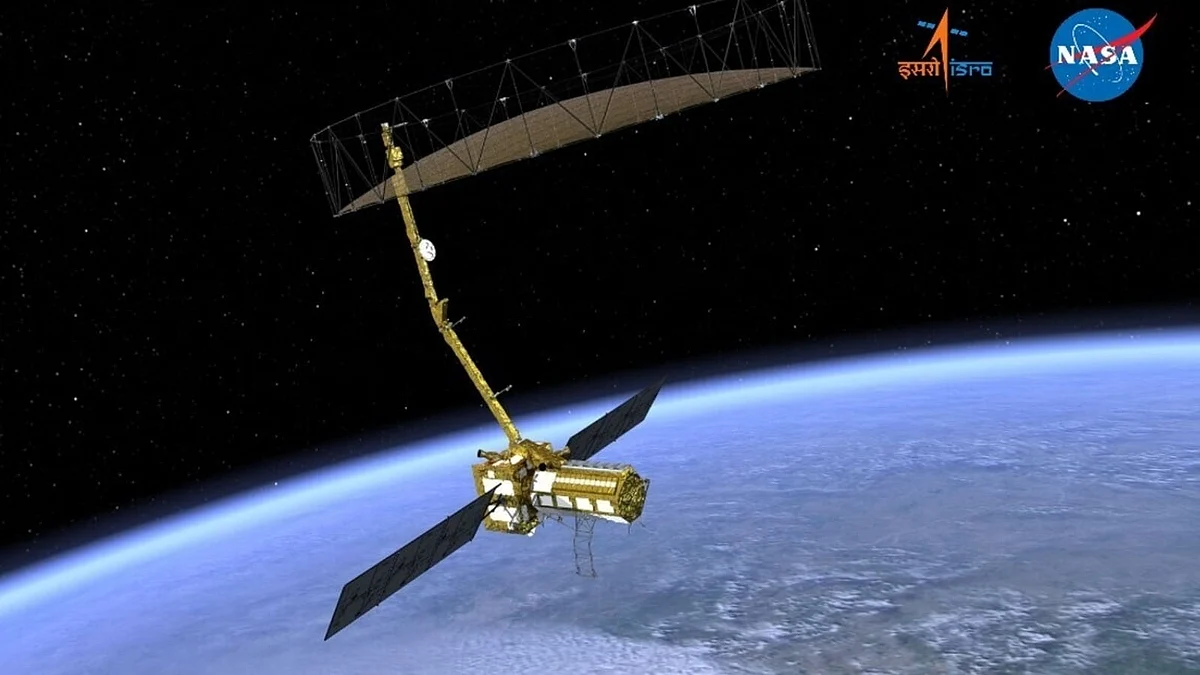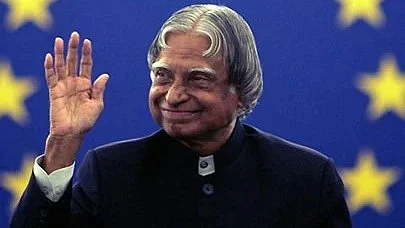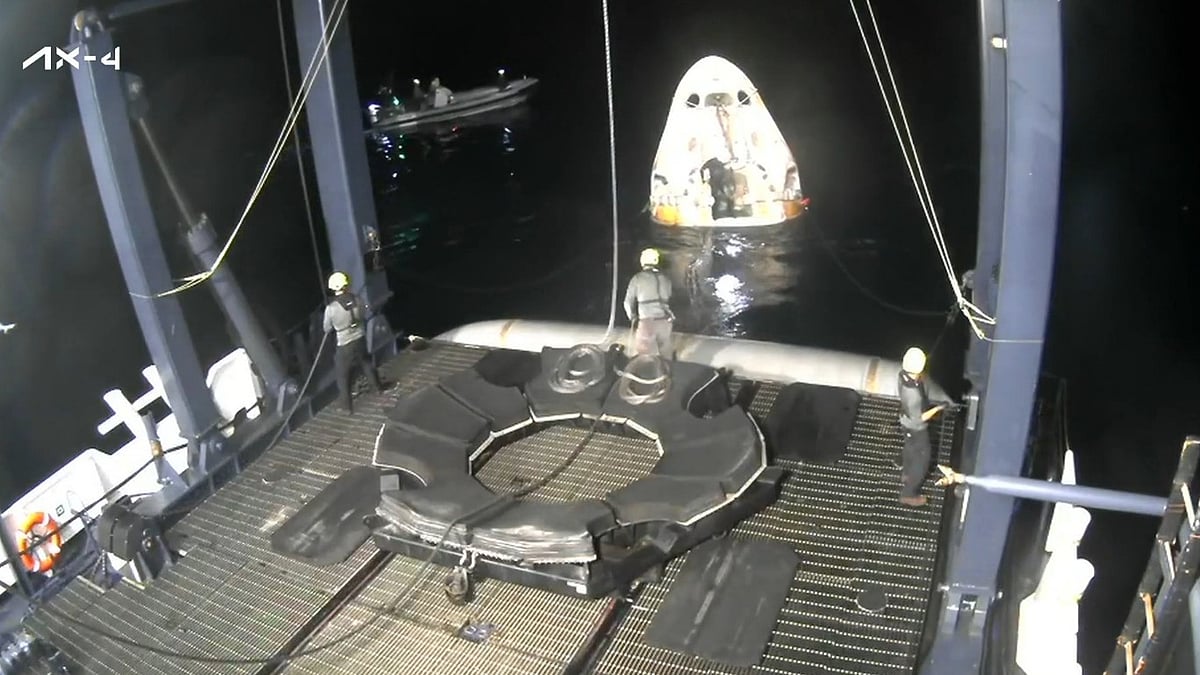The Indian Space Research Organisation (ISRO) and the National Remote Sensing Centre (NRSC) scientists have revealed interesting facts about the lunar phenomenon known as 'ejecta halo'. In their recently published report, the researchers highlighted the significance of the 'ejecta halo', which has helped the agency to study more about the lunar surface further. When the Chandrayaan-3 lander Vikram touched down on the Moon's surface on August 23, it generated an ejecta halo of lunar material.
What is Epi regolith?
According to ISRO's latest post on X, the researchers "estimated that around 2.06 tonnes of lunar epi regolith were ejected and displaced over an area of 108.4 m² around the landing site." In simple words, during the landing process, a significant amount of lunar surficial epi regolith material was ejected, which is the top layer of the lunar surface. Epi regolith is made of lunar rocks and soil, more commonly known as moon dust.
The report was authored by Swati Singh, Prakash Chauhan, Priyom Roy, Tapas R Martha and Iswar C Das, issued in the Journal of the Indian Society of Remote Sensing, named 'Characterisation of Ejecta Halo on the Lunar Surface Around Chandrayaan-3 Vikram Lander Using OHRC Imagery', revealing that 'ejecta halo' was generated due to descent stage thrusters and the resulting landing of Vikram lander.
Researchers analysed 'pre and post-landing high-resolution panchromatic imagery from the Chandrayaan 2 orbiter's Orbiter High-Resolution Camera (OHRC)' from before and after landing for a better understanding of the 'ejecta halo,' which appears as an 'irregular bright patch surrounding the lander.'
About Chandrayaan-3
On August 23, 2023, Chandrayaan-3's Vikram lander made a successful soft landing on the south pole of the lunar surface. With the Chandrayaan-3 mission, India became the first country to achieve the historic feat of soft landing on the Moon's south pole. Also, the fourth country, following the United States, China, and Russia, to successfully land on the Moon's surface. As part of this mission, the Vikram Lander and Pragyan Rover undertook numerous scientific explorations, including discovering minor elements and other activities. Vikram Lander reached a milestone with its 'hop experiment' and ultimately went to sleep on September 2.











